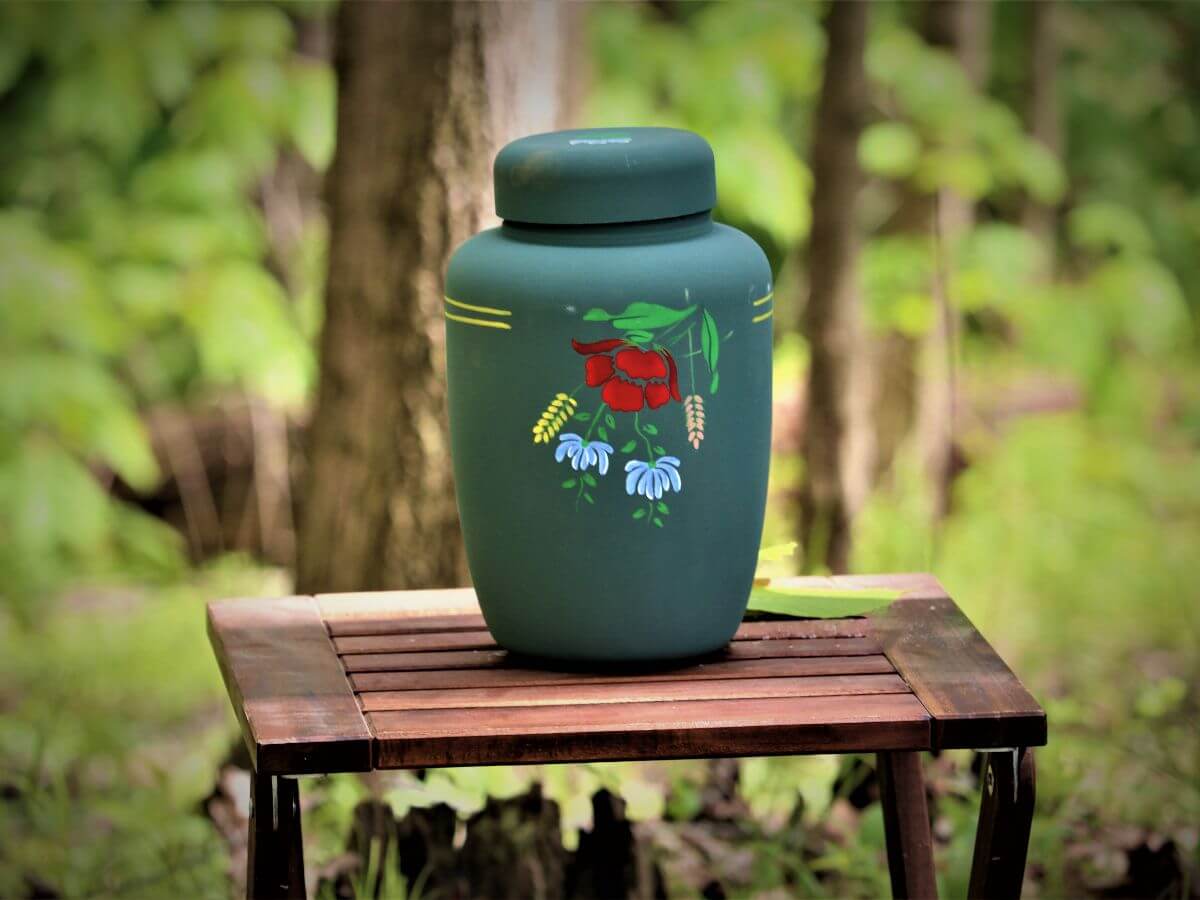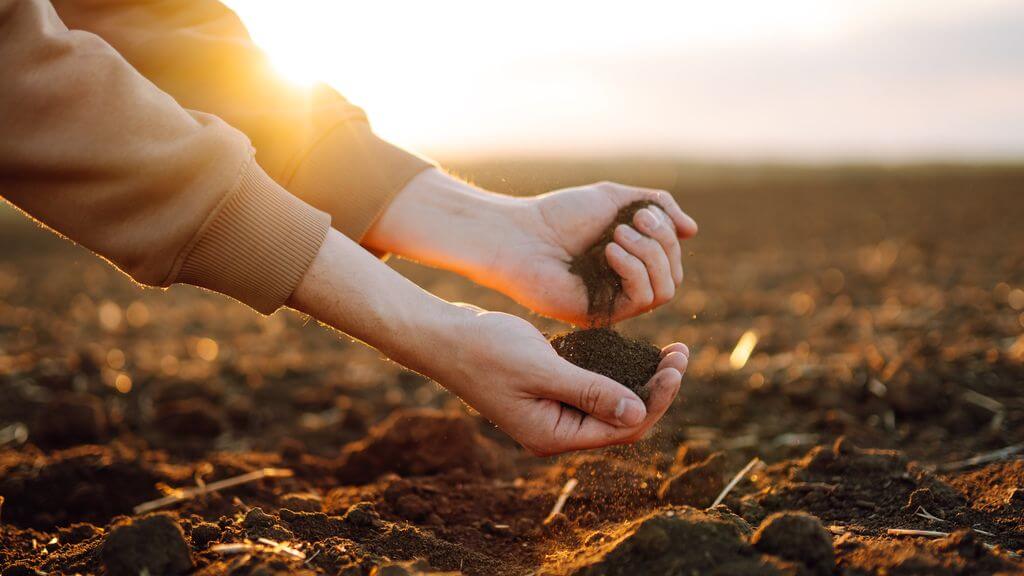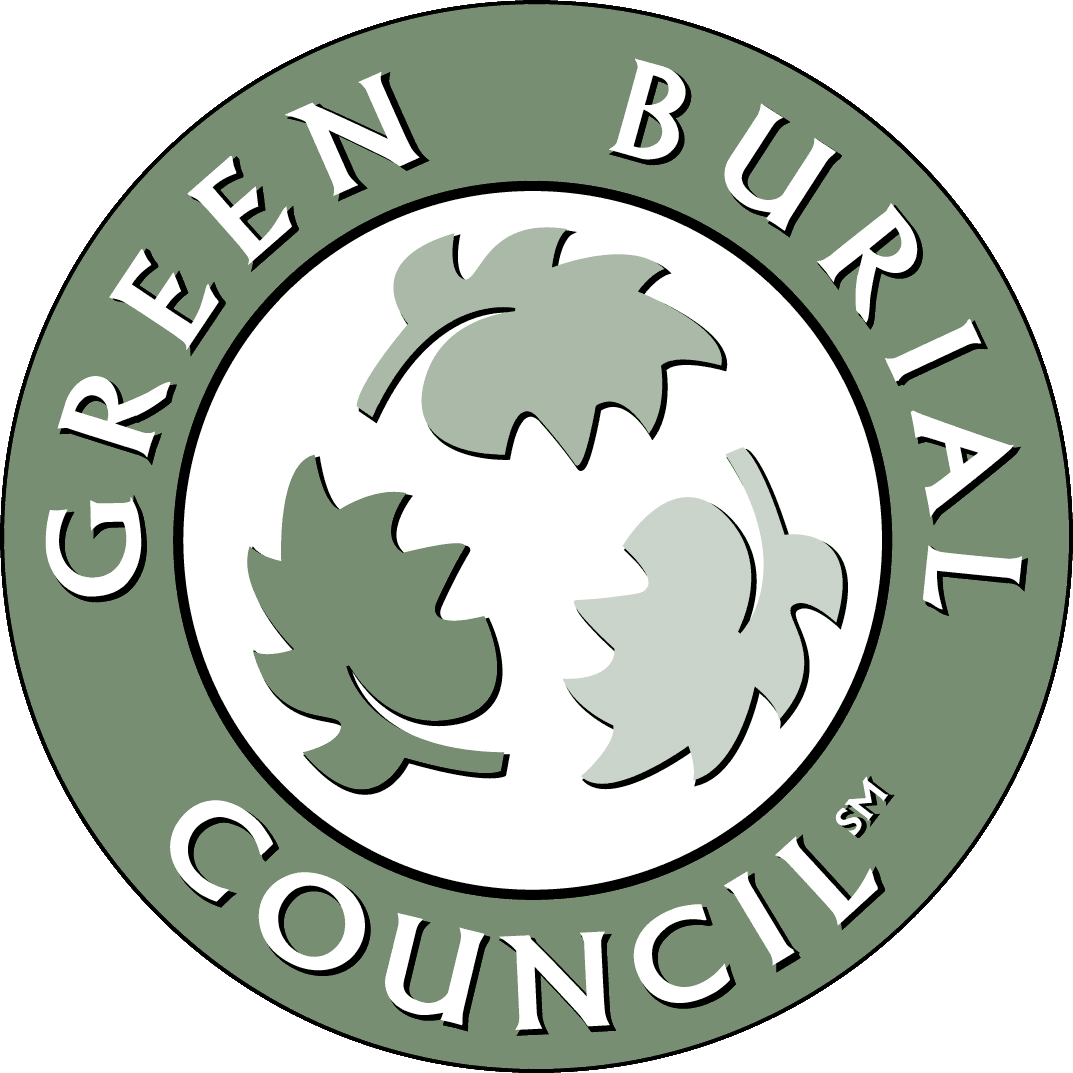The Chemistry of Cremated Remains
Burial Services
Make A Donation
When we think of ashes, there are many images that might come to mind—the powdery remnants at the bottom of a fireplace in deep winter, the soft bed of a crackling campfire in the mountains, volcanic ash that nourishes a landscape after the lava flow has calmed and cooled. But for many of us, we think of our loved ones above all else.
According to recent statistics, the cremation rate in the US is over 57% and continues to climb each year. There are compelling reasons for this increase. Cremation is more affordable than full body burial and gives families more time to plan a funeral or burial since ashes can be buried months or years after death. Ashes occupy less space if buried and are also portable. They can be divided and shared among loved ones, and they can be scattered at a specific location that was special and meaningful for the deceased.


There are two common misconceptions about cremation that I would like to touch upon. One misconception is that flame cremation is friendly to the environment. Flame cremation produces millions of tons of carbon emissions each year and according to the Green Burial Council, “results in toxic emissions including persistent pollutants such as volatile organic compounds (VOCs), particulate matter (PM), sulfur dioxide (SO2), nitrogen oxides (NOx), polychlorinated dibenzo-p-dioxins and dibenzofurans (PCDDs/DFs), co-planar polychlorinated biphenyls (co-PCBs), and heavy metals.” Current research indicates that carbon emissions in the United States each year from cremation are the equivalent of burning 400 million pounds of coal. Not at all a good “carbon footprint.”
The second misconception is that ashes nourish the soil when buried or scattered. Human cremated remains are technically not ashes, but pulverized bone. While there might be a variety of elements or heavy metals present, such as lead, iron, and copper, the primary chemical makeup of cremated remains is calcium phosphate and sodium. This highly alkaline chemical composition is not bioavailable to the surrounding soil and will not help a tree or any other kind of plant life grow. It is inert bone dust. Plant life will grow around a pocket of buried cremated ashes, but not through it.


There is good news. Cremated remains can be amended or modified so that a loved one’s ashes will fully integrate into soil and truly support the growth of trees, plants, flowers and grasses, and this thriving plant life can help offset carbon emissions. One scientifically researched product, which is frequently recommended by the Green Burial Council, has changed the game when it comes to making human cremated remains bioavailable for surrounding soil and plant life. Let Your Love Grow (LYLG) is an organic mixture that when blended with cremated remains neutralizes the harsh compounds in the remains so that a loved one’s ashes can indeed sprout and nourish new life.
Ashes of all kinds have long been considered nutrient dense. Some plants may prosper with a sprinkling of wood ash over a garden, and years after an eruption, the landscape surrounding a volcano can rebuild and re-colonize into a lush and thriving ecosystem. With a little help from LYLG, human cremated remains can also be nutrient dense. Families who bury or scatter the ashes of their loved ones at Heritage Acres will know that the spirits of those who have died continue to live in the oaks and maples, prairie grasses and wildflower meadows.
Contact Us
Are you interested in learning more about Heritage Acres? Would you like to get involved? Do you have suggestions or feedback for us? We’d love to hear from you.
Sanctuary Address:
796 Locust Corner Rd.
Cincinnati, OH 45245
Mailing Address:
2710 Newtown Rd.
Cincinnati, OH 45244
Phone: (513) 231-6438

